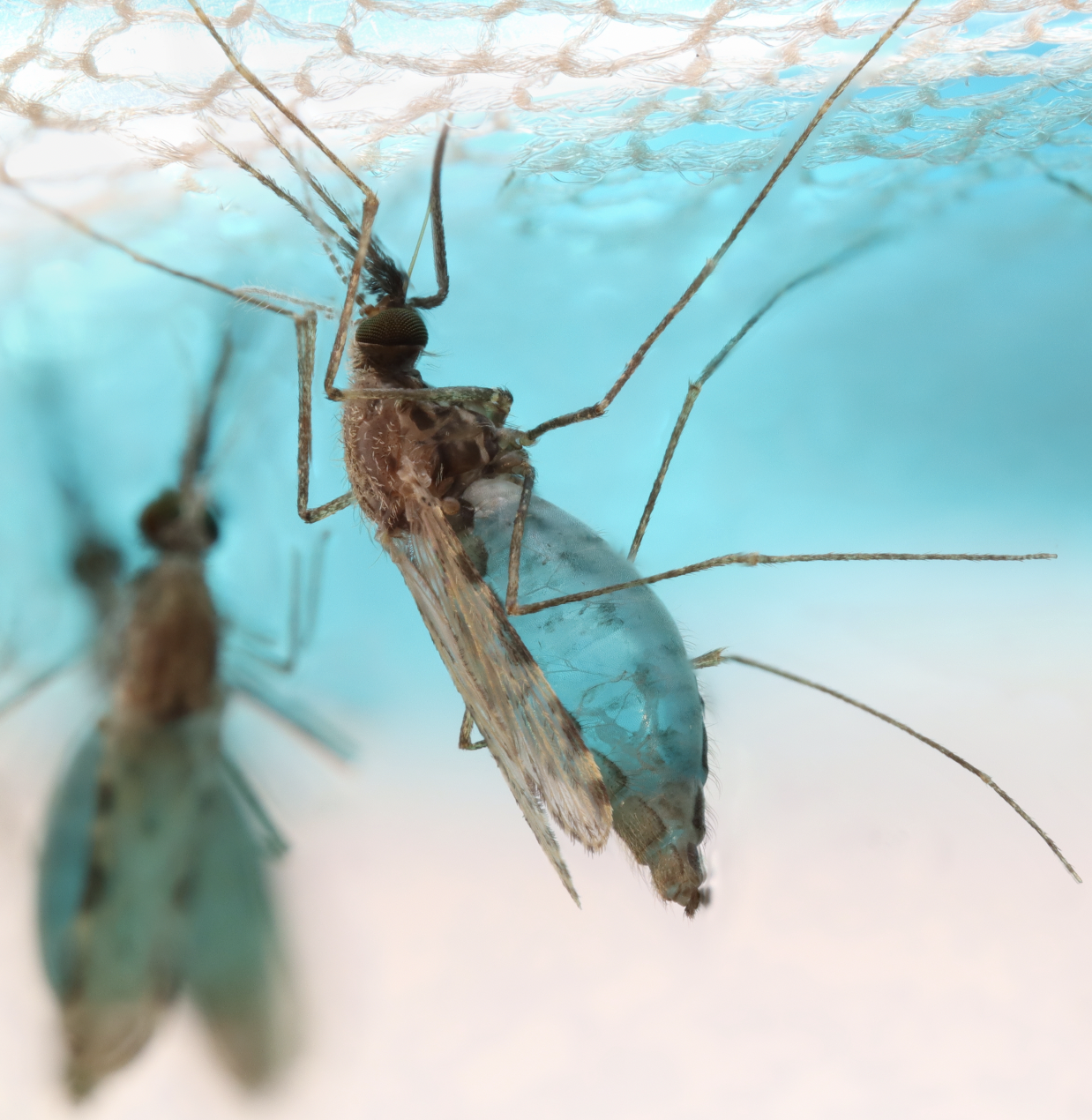


Our aim is to investigate the role of E-4-hydroxy-3methyl-but-2-enyl-pyrophosphate (HMBPP) as putative feeding stimulant attractant in Toxoplasma infected-mice. Apicomplexan protozoa use the MEP pathway that includes HMBPP while eukaryotes use the mevalonate (MVA) pathway for isoprenoids. Since Toxoplasma infection contributes to disease conditions in two hosts, the balance between genetical and behavioural alteration will be investigated. Toxoplasma infected-mice will be analysed in a spatial and temporal transcriptome (Highdensity spatial transcriptomics arrays for in situ tissue profiling). Finally, the mice will be exposed to parasite blend (parasite volatile organic compounds [VOC]) and the effects on behaviour, and appetite will be followed.